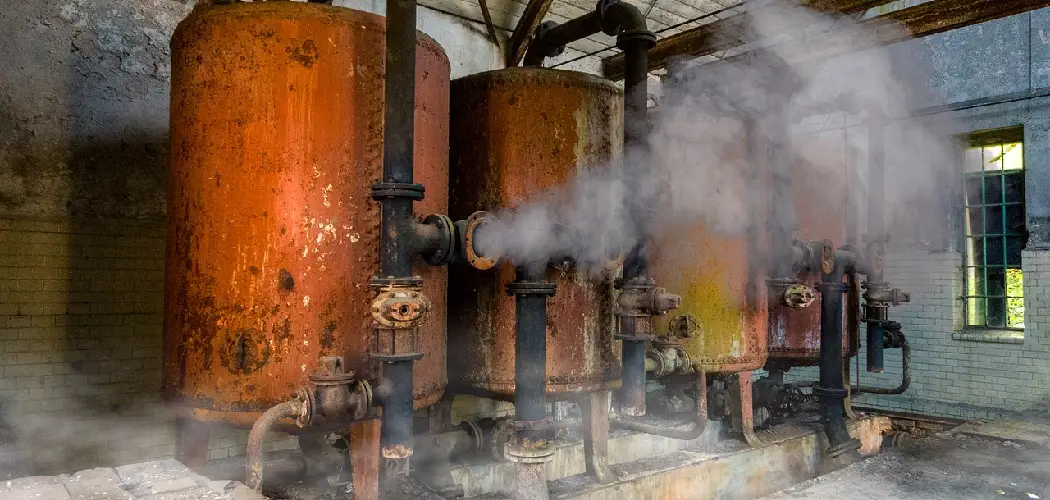Testing the high water level alarm in a boiler is a critical safety procedure that ensures the proper functioning of the system and prevents potential hazards. This alarm is designed to alert operators when the water level exceeds a safe threshold, which can lead to water carryover into the steam system or even damage the boiler itself.
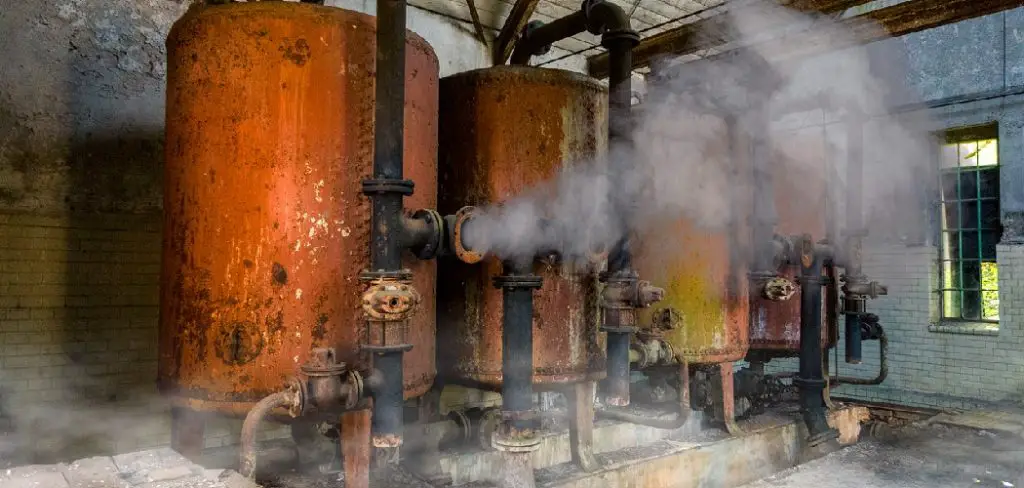
Regular testing not only helps in maintaining compliance with safety regulations but also plays a vital role in the overall efficiency and reliability of the boiler operation. In this guide on how to test boiler high water level alarm, we will outline the necessary steps and precautions to effectively test the high water level alarm in your boiler system.
Why is Testing the High Water Level Alarm Important?
As mentioned earlier, testing the high water level alarm in a boiler is crucial for ensuring safety and preventing potential hazards. Here are some of the reasons why regular testing should be a part of your boiler maintenance routine:
Compliance with Safety Regulations:
Boiler systems are subject to strict safety regulations that require the high water level alarm to be regularly tested and maintained. These regulations are in place to protect both individuals and properties from potential accidents or damages caused by a malfunctioning boiler.
Early Detection of Issues:
By regularly testing the high water level alarm, any potential issues can be detected at an early stage before they escalate into more significant problems. This allows for timely repairs and maintenance, which ultimately saves time, money and prevents downtime.
Enhanced Efficiency:
Regularly testing the high water level alarm ensures that it is functioning properly, which helps in maintaining the overall efficiency of the boiler system. A faulty alarm could lead to incorrect readings and unnecessary shutdowns, resulting in decreased efficiency and increased energy costs.
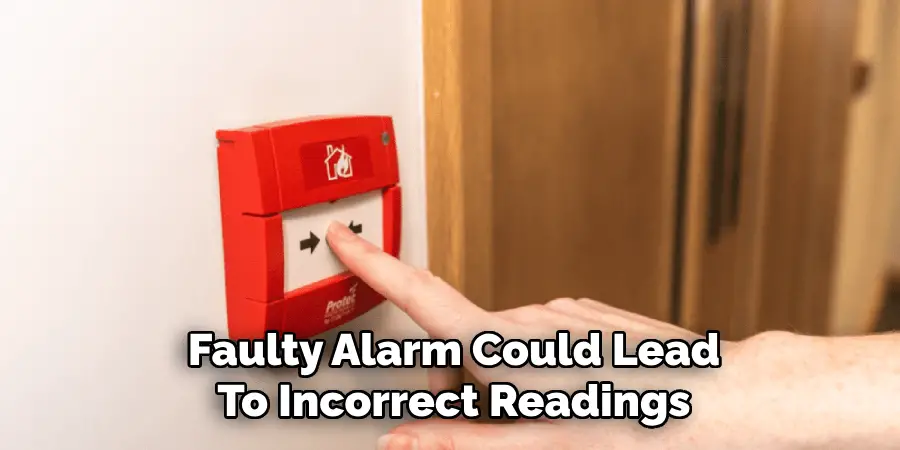
Needed Materials
Before proceeding with the testing, make sure you have the following materials readily available:
- Glass Tube Gauge
- Water Level Controller
- Boiler Log Sheet
- Safety Gear (gloves, goggles, etc.)
8 Steps on How to Test Boiler High Water Level Alarm
Step 1: Consult the Manual
Before initiating any testing procedures, it is essential to consult the boiler’s operating manual. The manual provides specific guidance related to the high water level alarm, including the manufacturer’s recommendations for testing methods, safety precautions, and troubleshooting tips. Familiarising yourself with the manual ensures that you understand the particular features of your boiler system and any unique requirements for testing the alarm.
Additionally, it can offer insights into the correct settings and configurations needed for accurate testing, thus promoting both safety and efficiency during the process.
Step 2: Prepare the Boiler
Preparation is key to safely testing the high water level alarm. Begin by shutting down the boiler following the manufacturer’s shutdown procedures to ensure that all processes are halted and the system is cool to the touch. Once the boiler is powered down, ensure that all pressure and temperature levels are at a safe range as indicated in the manual.
Next, remove any insulation or protective coverings that obstruct your access to the water level controller and alarm system. It is important to also check for any visible leaks or signs of damage before proceeding. Make sure to wear the appropriate safety gear, including gloves and goggles, to protect yourself from any potential hazards. Once everything is secure and checked, you are ready to move on to the next step in the testing process.
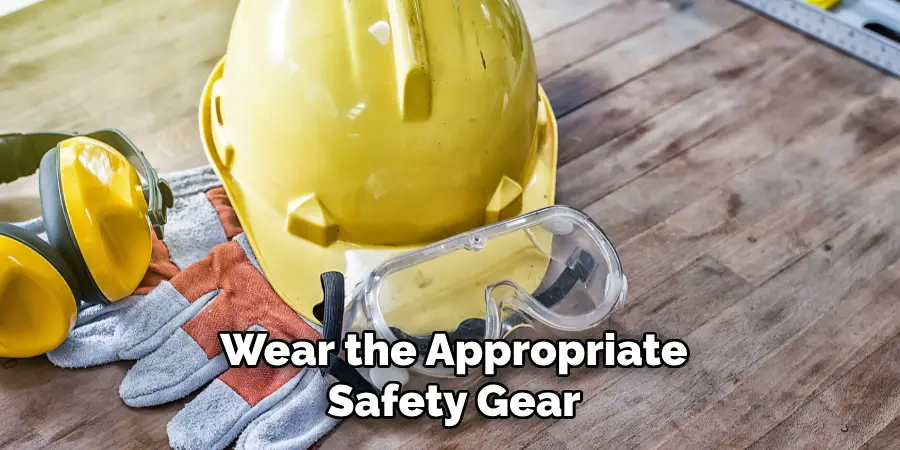
Step 3: Fill the Boiler with Water
After ensuring that the boiler is prepared and safe to work on, the next step is to fill the boiler with water to the appropriate level. Begin by slowly opening the water supply valve while monitoring the water level gauge. It is crucial to fill the boiler to a level that exceeds the set point of the high water level alarm, as this will allow for a proper test of its function.
Take care to watch for any unusual sounds or leaks during this process, as these could indicate underlying issues that need to be addressed. Once the desired water level is reached, close the water supply valve securely. This step is foundational, as it creates the necessary conditions for testing the high water level alarm effectively.
Step 4: Test the Alarm
With the boiler filled to the appropriate water level, it is time to test the high water level alarm. Start by observing the water level gauge to confirm that it indicates the water has surpassed the set point for the high water level alarm. Once you have verified this, manually trigger the alarm system according to the procedures outlined in your boiler’s operating manual. Most systems will have a test button or a specific method for simulating a high water level condition.
Listen for the alarm activation; it should sound promptly when the high water level threshold is breached. Additionally, check for any visual indicators on the control panel that signify the alarm has tripped. If the alarm does not activate, double-check for any settings or connections that may be causing a malfunction. Document the alarm’s response on the boiler log sheet, noting the time, date, and any observations made during the test for future reference and compliance purposes.
Step 5: Reset the Alarm
After completing the test, reset the alarm system according to the manufacturer’s instructions. This step is crucial for ensuring that the alarm is ready to function in case of an actual high water level event. Once the alarm has been reset, visually inspect and document its status on the log sheet to confirm that it has returned to a normal state.
You may also want to perform a second independent test to verify the functionality of the reset alarm. This is an additional precaution that can provide peace of mind and confidence in the reliability of your boiler’s high water level alarm system.
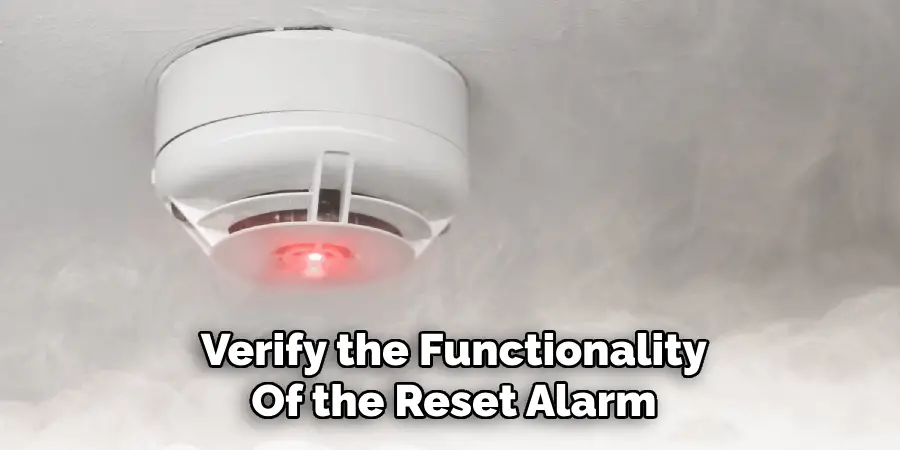
Step 6: Drain the Boiler
Before proceeding with any further maintenance or repairs, it is essential to drain and cool down the boiler back to its normal operating levels. Open the blowdown valve and allow for all excess water to be drained out safely. Close the valve securely once draining is complete.
As with all steps in this process, document any observations during this step on the log sheet for future reference and compliance purposes.
Step 7: Inspect the Alarm System
With the boiler drained and at a safe operating level, take this opportunity to inspect the high water level alarm system thoroughly. Look for any visible damage or wear on the components and connections. Check that all settings are configured correctly according to the manufacturer’s guidelines.
This step also provides an excellent opportunity to clean and maintain any parts of the system that may require it, ensuring its continued functionality and longevity. Document any maintenance performed on the log sheet for future reference and compliance purposes.
Step 8: Schedule Regular Testing
To ensure that your high water level alarm is always functioning correctly, scheduling regular testing is crucial. The frequency of these tests may vary depending on specific industry regulations, but it is generally recommended to test the alarm at least once a month.
This regular testing can help detect any potential issues early on, thus preventing emergency shutdowns or accidents. It also helps ensure that your boiler system remains in compliance with safety regulations and standards.
Furthermore on how to test boiler high water level alarm, conducting these tests regularly can also provide valuable insights into the overall health and efficiency of your boiler system on how to test a boiler’s high water level alarm. Any abnormalities or inconsistencies discovered during testing can be addressed promptly, leading to improved performance and cost savings in the long run.
Frequently Asked Questions
Q: How Often Should I Test My Boiler’s High Water Level Alarm?
A: It is generally recommended that the high water level alarm be tested at least once a month. However, specific industry regulations may dictate more frequent testing. Check your boiler’s operating manual or consult with a professional for the recommended testing frequency.
Q: What Should I Do If My High Water Level Alarm Does Not Activate During Testing?
A: First, double-check all connections and settings to ensure that everything is in order. If the alarm still does not activate, it may indicate a malfunction or underlying issue with the system. Consult with a professional for further guidance and assistance in resolving the problem.

Q: Can I Perform Maintenance on my Boiler’s High Water Level Alarm System Myself?
A: It is generally recommended to consult with a professional when performing maintenance on any boiler components, including the high water level alarm system. This helps ensure proper safety measures are taken and can prevent further damage to the system. However, simple tasks such as cleaning and visual inspections can be performed by trained personnel with proper safety precautions in place. It is always best to err on the side of caution and seek professional assistance for more complex maintenance tasks.
Conclusion
In conclusion, testing your high water level alarm is a crucial aspect of boiler maintenance and safety. By following the steps on how to test boiler high water level alarm outlined above and consulting your manufacturer’s manual, you can effectively test and ensure the proper functioning of your high water level alarm system. Schedule regular testing and document any observations or maintenance performed for future reference and compliance purposes.
By doing so, you can help prevent potential hazards and disruptions to your boiler system’s operation, ensuring its continued efficiency and longevity. So, it is important to prioritize regular testing of your high water level alarm system as part of your overall boiler maintenance routine.

